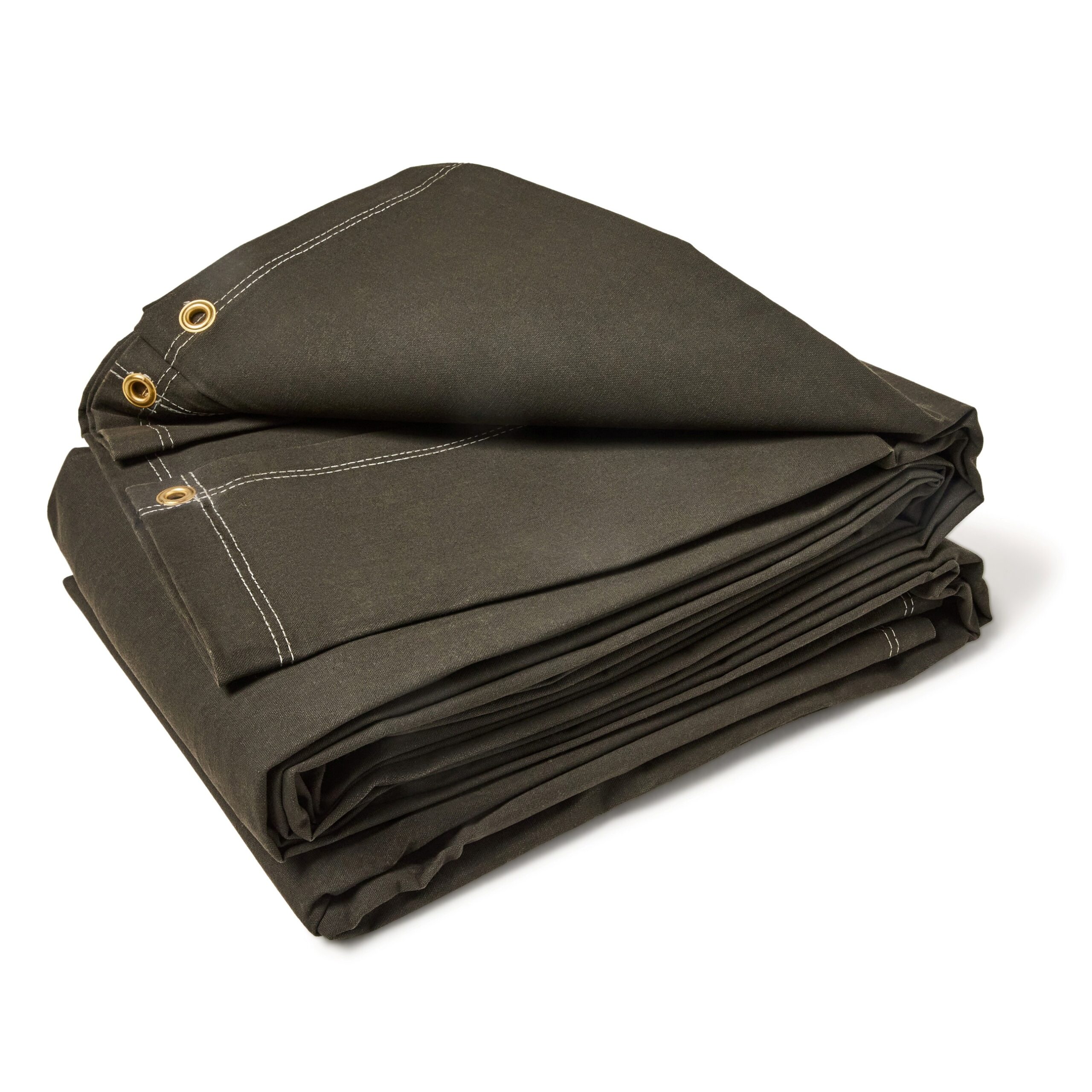Sometime in life we are forced to face sudden turmoil. A heavy rain event, flood or catastrophe can damage our homes and leave us with no roof overhead. At this moment a tarpaulin will become a fast and effective roof. To the layman a Tarpaulin may just look like a sheet of fabric, but that sheet can keep you out of the rain, wind and heat when a roof is not possible.
A tarpaulin, also referred to as a tarp, works very well for survival situations and outdoor or wilderness living. You must have seen the tarp used when camping, hiking, or dealing with a roadside emergency. It provides immediate coverage and helps you keep yourself and your things safe and dry. In this guide, we will show you how to turn a tarp into a dependable roof.
What is a Tarpaulin?
A tarp is a large, durable, and waterproof piece of material. Available in various colors and sizes, tarps can feel soft and light to thick and strong. Tarps can be used to cover a wide variety of things, from automobiles to crops to wooden structures. Tarps can be a roof, one of their best uses.
Most tarps have small, round, metal rings attached to the edges, often called grommets, that allow you to tie through them and secure the tarp. Tarps can withstand many types of weather and sun conditions. Tarps can keep sunlight off an area and can also keep water off an area.
When You Need a Tarp Roof
A lot of people use tarps while campground camping or if a storm destroys the roof of their house. There are other times when people need fast shelter. Maybe it’s a stop in the road, back yard, or while helping others in a disaster.
There will be times in which your ability to act is time-sensitive. Tarps can help you in those times. Using tarps does not require you to have special tools or training to use them. You can use some rope and your brain to make a shelter / roof of some capacity, quickly.
How to Set Up a Makeshift Roof
First, select a dry, flat area. Try to avoid low areas where water collects. Choose an area with trees, poles, or a wall. These will help to keep your tarp in place.
You will want to tie a rope between two trees or poles as tight as you can. This rope will be the centerline for your roof. Then, throw the Canvas Tarpaulin over the rope. Make sure both sides hang evenly over the rope. This creates a triangular tent shape. You will want to pull the corners of the tarp out then tie them to the ground, a tree, or anything sturdy.
Keep one side lower than the other. This allows any rain water to slide off. If rain water collects in the middle, then the tarp could sag or even rip. As best you can, keep the tarp tight so it does not flap in the wind.
Tips for Better Protection
Check your tarp roof regularly. If your ropes aren’t tight, tighten them. Shake off rain or snow buildup, and try to keep the tarp roof clean and dry. If you have a tear in your tarp, repair it with tape or fabric scraps.
A tarp that is clean and tight will last longer and keep you safer. You can always fold back extra sections of tarp to block more wind or cover openings on the side. You’ll often see groups using blankets, towels, or even extra tarps when sleeping indoors to stay warmer in the shelter.
To make sure you can set-up and repair your tarp roof, always have a supply of rope, scissors, and tape in your travel or emergency kit. These small items can save you time and effort to set up a tarp roof and keep you dry.
Helping Others with Your Tarp
Sometimes your friends or neighbors may be faced with trouble as well. If they lose their roof or are in urgent need of some temporary shelter, you can share your tarp. During a storm or a bad time, a helping hand makes a great deal of difference. Tarps build safety and offer hope to people who are in urgent need of support.
Even in small homes, tarps can be used to block broken windows or to cover a leaking roof. Families living in flood areas frequently build consist tarp covers to protect food, clothing and beds.
Conclusion
A tarp is a durable, effective, and quick roof when no other shelter is available. It will keep you dry in the rain, cool in the heat, and sheltered from the wind. If you are camping or in a survival situation, a tarp is a very simple piece of material that can keep you and your loved ones safe and warm. Read This
Learn how to tarp before you have to. Practice putting up the tarp, practice tying it, and practice how to pack it. If you practice when you do not need to tarps, then when the emergency comes you will already know what to do. A tarp may not be pretty, but it can save the day.

